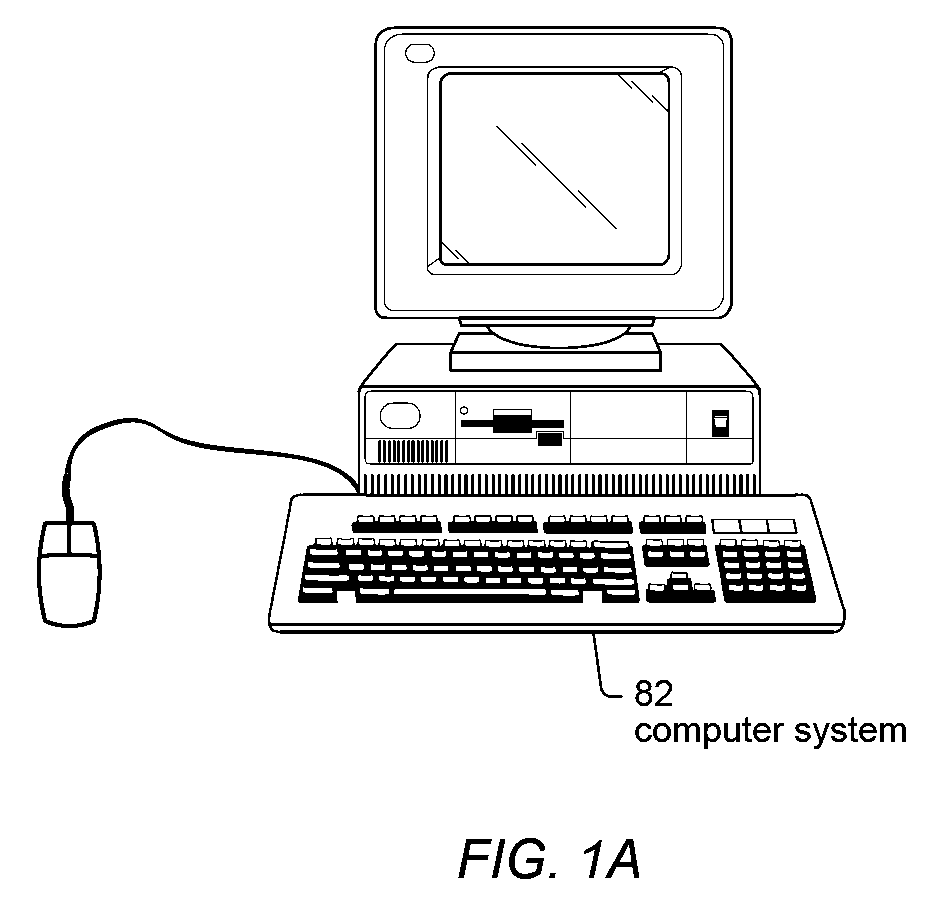Generating a data flow diagram
a data flow diagram and data flow technology, applied in the field of graphical programming, can solve the problems of reducing the number of partitions, and reducing the number of potential partitions, so as to reduce the potential number of partitions and reduce the number of partitions
- Summary
- Abstract
- Description
- Claims
- Application Information
AI Technical Summary
Benefits of technology
Problems solved by technology
Method used
Image
Examples
Embodiment Construction
Incorporation by Reference
[0044]The following references are hereby incorporated by reference in their entirety as though fully and completely set forth herein:
[0045]U.S. Provisional Application Ser. No. 60 / 820,063 titled “Hierarchical Code Generation for Simulation Subsystems” filed Jul. 21, 2006.
[0046]U.S. Provisional Application Ser. No. 60 / 571,205 titled “Graphical Data Flow Programming Environment with First Model of Computation that Includes a Structure Supporting Second Model of Computation”, filed May 14, 2004.
[0047]U.S. Pat. No. 4,914,568 titled “Graphical System for Modeling a Process and Associated Method,” issued on Apr. 3, 1990.
[0048]U.S. Pat. No. 5,481,741 titled “Method and Apparatus for Providing Attribute Nodes in a Graphical Data Flow Environment”.
[0049]U.S. Pat. No. 6,219,628 titled “System and Method for Converting Graphical Programs Into Hardware Implementations” filed Mar. 22, 2000.
[0050]U.S. Pat. No. 6,173,438 titled “Embedded Graphical Programming System” fil...
PUM
 Login to View More
Login to View More Abstract
Description
Claims
Application Information
 Login to View More
Login to View More - R&D
- Intellectual Property
- Life Sciences
- Materials
- Tech Scout
- Unparalleled Data Quality
- Higher Quality Content
- 60% Fewer Hallucinations
Browse by: Latest US Patents, China's latest patents, Technical Efficacy Thesaurus, Application Domain, Technology Topic, Popular Technical Reports.
© 2025 PatSnap. All rights reserved.Legal|Privacy policy|Modern Slavery Act Transparency Statement|Sitemap|About US| Contact US: help@patsnap.com



